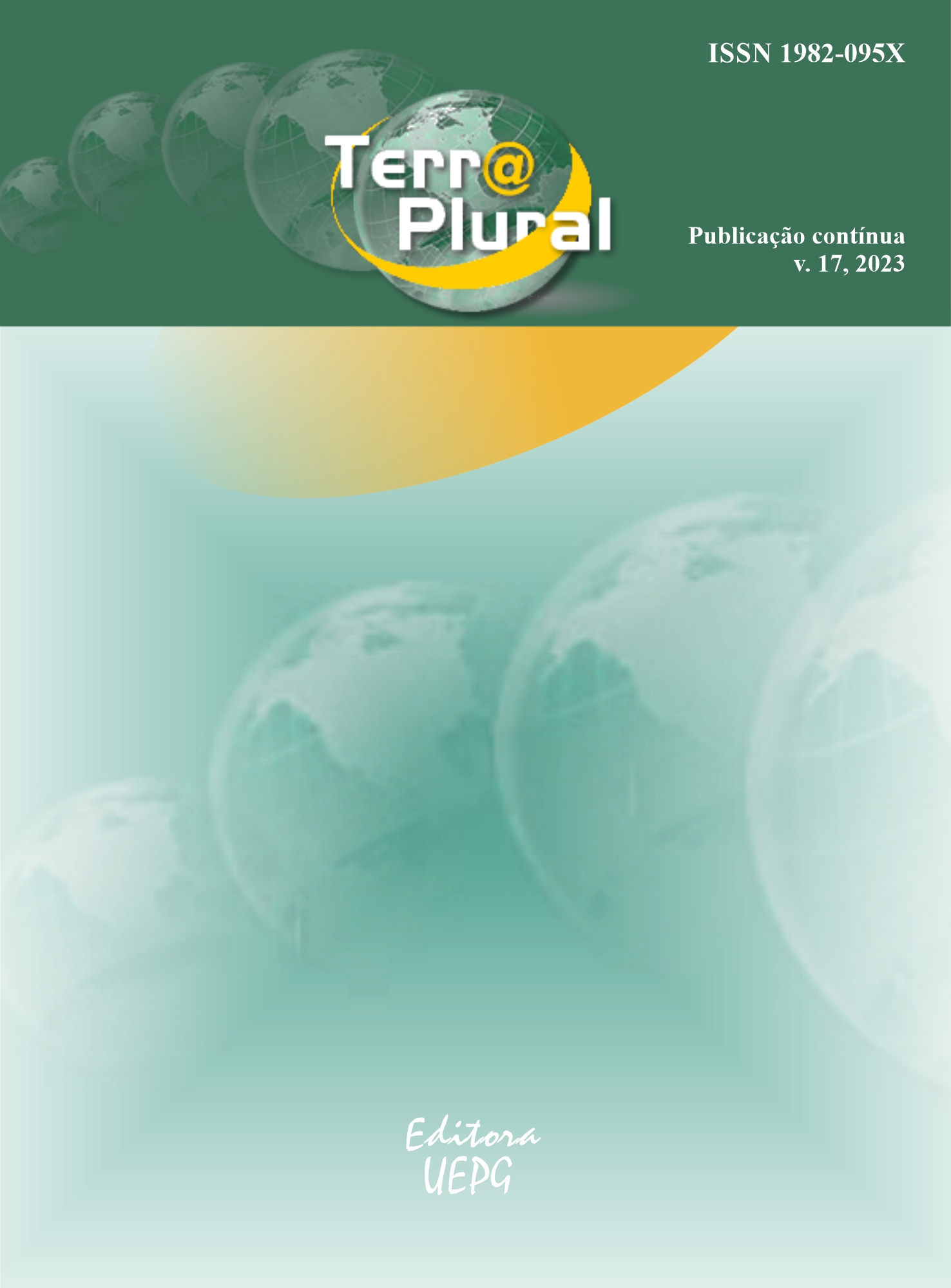The cement industry in accordance with the UN Sustainable Development Goals through the C-S-H seeds technology
A critical review
DOI:
https://doi.org/10.5212/TerraPlural.v.17.2322485.011Keywords:
nanoparticles, low carbon cement, supplementary cementitious materials, clinker reduction, carbon footprintAbstract
The United Nations (UN) has stablished several goals and actions in order to mitigate climate change and reduce its consequences. As one of the main responsible of global anthropogenic carbon emissions, cement industry has a great potential on collaboration to achieve such goal. New solutions are studied to decrease the environmental impact caused by cement production. Clinker content replacement by Supplementary Cementitious Materials (SCM) is indicated as the more feasible one. Despite the environmental benefit offered by the action, the composition modification of the binder leads to initial performance issues. Cementitious materials with lower clinker content and presence of SCM presents higher setting time and lower early strength, which limits the application of the measure regardless of its environment advantage. The use of C-S-H (calcium silicate hydrate) seeds additive can overcome such effect, since it accelerates cement hydration, improving its initial performance. Therefore, such additional input enables the vaster application of low carbon cements. Nonetheless, the manufacture of C-S-H seeds also emits greenhouse gases with environmental impacts comparable to cement production. Hence, the objective of this study is to analyse and discuss the contribution of the use of C-S-H seeds on the potential carbon footprint reduction of cementitious materials and if this measure could help to achieve the goals stablished by the UN. The reviewed papers pointed the additive as a feasible solution to low carbon cements production which allays technical and environmental requirements. Therefore, it was concluded that C-S-H seeds can effectively contribute to achieve the UN stablished goals towards climate change mitigation.
Downloads
Downloads
Published
How to Cite
Issue
Section
License
Copyright (c) 2023 Paula Aguilar Guimarães, Sarah Tamura, Marienne Costa

This work is licensed under a Creative Commons Attribution-NonCommercial-NoDerivatives 4.0 International License.
Revista Terr@ Plural will obtain the auctorial rights for all published texts. This also implies that the text can be published anywhere in the world, including all rights on renewal, expansion, and dissemination of the contribution, as well as other subsidiary rights. The authors get permission to publish the contribution in other media, printed or digital, it may be in Portuguese or translation since the publication is credited to Revista Terr@ Plural. It allows the self-archiving of published articles in institutional repositories, thematic repositories, or personal web pages in the pdf version downloaded from the journal's site.















